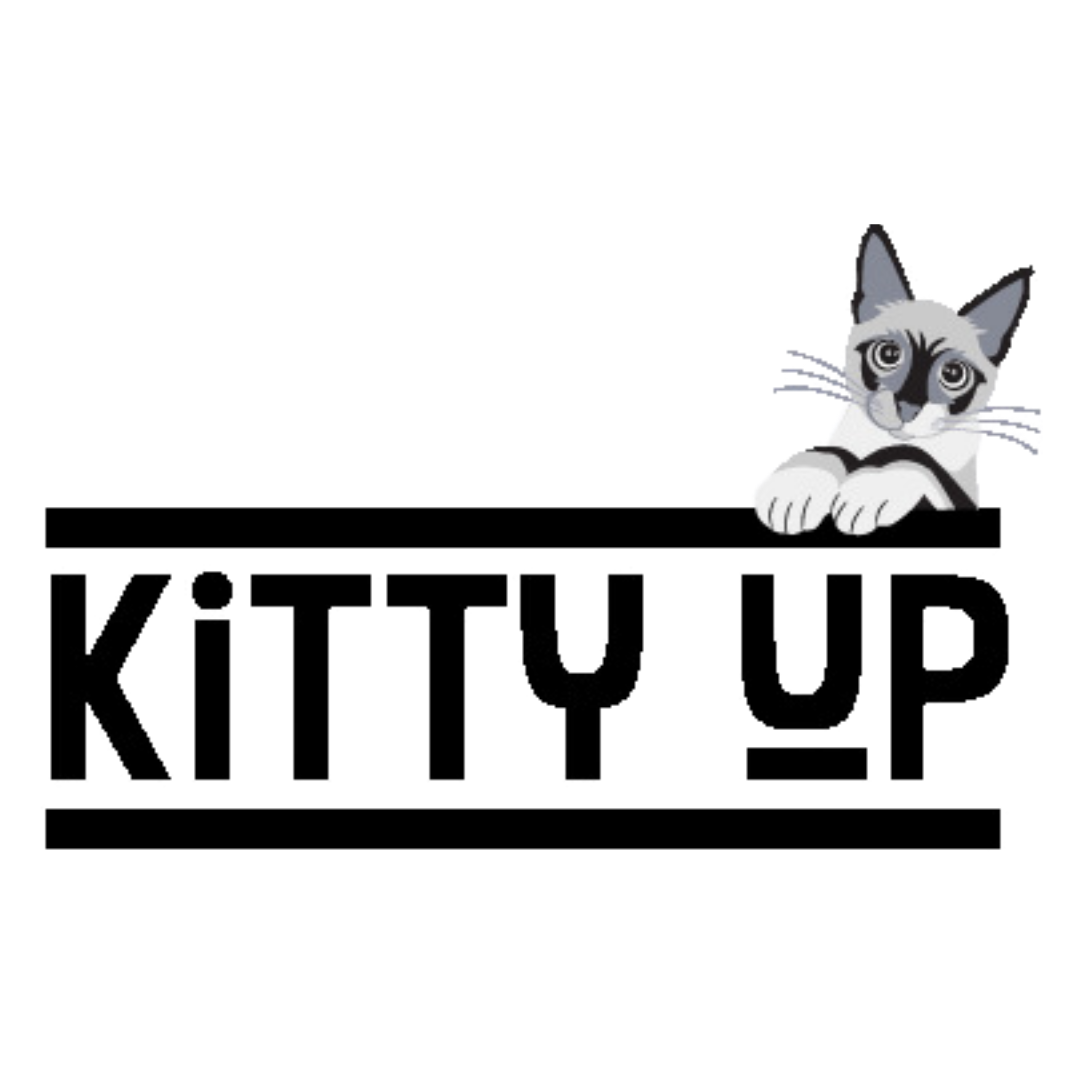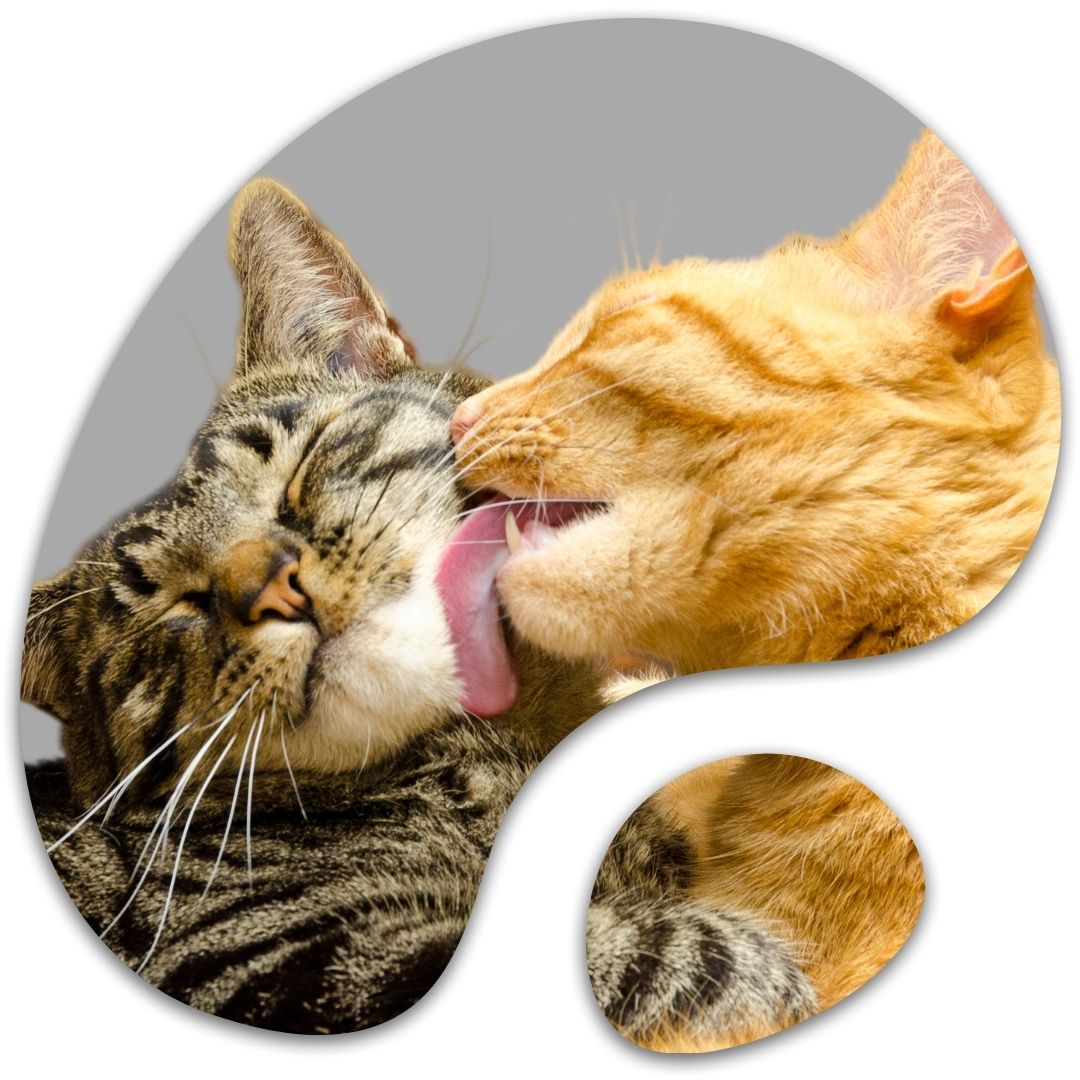
13 Enrichment Ideas for Happier, Healthier Indoor Cats
Keeping cats indoors increases their safety and lifespan, but it often comes at a cost: limited mental and physical stimulation. Cats are natural hunters with instincts to run, climb, play, and explore. Without proper outlets, many indoor cats can become bored, stressed, and even develop health issues like obesity, diabetes, or anxiety. Enrichment is crucial in addressing these issues, allowing cats to thrive mentally and physically. Here are some of the best ways to keep your cat happy and fulfilled indoors.
What is Cat Enrichment?
Enrichment for cats means creating an environment where they can engage their natural behaviors. This involves interactive toys, mental stimulation, sensory experiences, and opportunities to hunt and explore. Proper enrichment not only improves cats' physical health but also enhances their mental well-being, reducing destructive behaviors like scratching furniture, aggression, or litter box problems.
Why is Enrichment Important?
Indoor cats often experience boredom, which can lead to mental and physical health problems. Providing various forms of enrichment can prevent these issues, boost activity levels, and promote overall health. Additionally, enriching your cat’s environment strengthens the bond between you and your feline friend.
Types of Cat Enrichment
- Environmental Enrichment
Create a cat-friendly space that encourages natural behaviors like climbing, scratching, and hiding.
- Vertical Spaces: Cats love heights, so install cat trees, wall shelves, or window perches. Clearing off furniture near windows can also give them a spot to watch birds or squirrels, which is highly stimulating.
- Scratching Surfaces: Provide a variety of scratchers, such as sisal posts, cardboard scratchers, or horizontal scratch pads. Scratching allows cats to stretch, flex, and mark territory while protecting your furniture.
- Cardboard Boxes: Don’t underestimate the allure of a simple cardboard box. Cats enjoy hiding, scratching, and playing in them, so keep a few around for fun.
2. Social Enrichment
Cats may be independent, but they still need social interaction.
- Interactive Play: Wand toys are excellent for simulating hunting behavior. Use them to mimic prey movements, such as dragging them under blankets or around corners, to get your cat pouncing and chasing.
- Daily Playtime: Set aside 10-15 minutes each day for interactive play. Not only does this help burn off energy, but it also enhances the bond between you and your cat.
3. Cognitive Enrichment
Just like physical exercise, cats need mental workouts.
- Clicker Training: Training with a clicker provides both mental and physical stimulation. Teach your cat to perform tricks like “sit,” “high five,” or even agility routines.
- Food Puzzles: Foraging toys and puzzle feeders require cats to manipulate the toy to access food, satisfying their hunting instincts. This is an ideal way to use Kitty Up lickable cat purees. Fill a puzzle feeder with Kitty Up lickable cat purees, making mealtime more interactive, fulfilling and healthy.
4. Sensory Enrichment
Stimulate your cat's senses of sight, smell, touch, hearing, and taste.
- Nose Work: Hide treats in paper bags, snuffle mats, or Easter eggs, allowing your cat to sniff them out.
- Lick Mats: Spread Kitty Up puree on a lick mat. The texture and taste keep your cat engaged and calm, especially during stressful activities like nail trims or vet visits.
- Catnip Play: While not all cats react to catnip, many enjoy its effects. You can offer dried catnip, catnip toys, or even fresh catnip plants for rolling, chewing, and pouncing.
5. Outdoor Exploration
Outdoor time offers countless benefits, from reduced anxiety to better physical health.
- Harness Walks: Train your cat to walk on a leash and harness for safe outdoor exploration. This lets them enjoy the sights, sounds, and smells of the outside world while staying protected.
- Strollers or Catios: For less adventurous cats, a pet stroller or enclosed catio can provide a safer alternative, allowing them to experience the outdoors without free-roaming risks.
6. Kitty Comfort Zones
Cats need quiet, safe spaces where they can retreat and relax.
- Safe Spaces: Provide cozy spots like closets, high shelves, or soft beds under furniture. Add calming products like a Feliway diffuser or a NurtureCALM collar to enhance these areas.
- DIY Hideaways: Use open crates, cardboard boxes, or even a cleared-out closet shelf with a soft blanket to create a calm retreat.
Cat Enrichment Tips and FAQs
How Much Playtime Do Cats Need?
Aim for at least 10-15 minutes of interactive play each day. While toys for solo play should always be available, regular engagement with you is crucial for exercise and bonding.
How Long Should Training Sessions Be?
Short training sessions of 5-15 minutes, once or twice a day, are ideal. You can break them up throughout the day to keep your cat mentally engaged without overwhelming them.
What If My Cat Doesn’t Play?
If your cat isn’t interested in traditional toys, try food-based games like food puzzles or nose work. Engage them with toys that mimic prey behavior, and try playtime before meals to encourage activity.
Final Thoughts: Enhance Your Cat's Life with Enrichment
Whether you offer a new food puzzle filled with Kitty Up treats, engage in a play session with a wand toy, or let your cat explore a window perch, enrichment can transform their life. These activities not only prevent boredom but also promote better health, improved behavior, and a stronger bond with you. Keep your cat active, engaged, and happy with a mix of physical, social, and mental stimulation.
By making enrichment a daily part of your routine, you’ll have a healthier, happier, and more fulfilled feline companion.
Share








